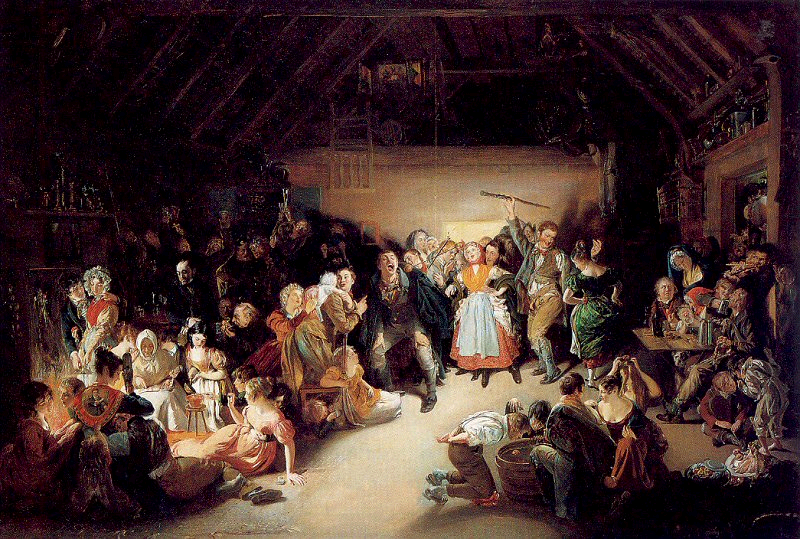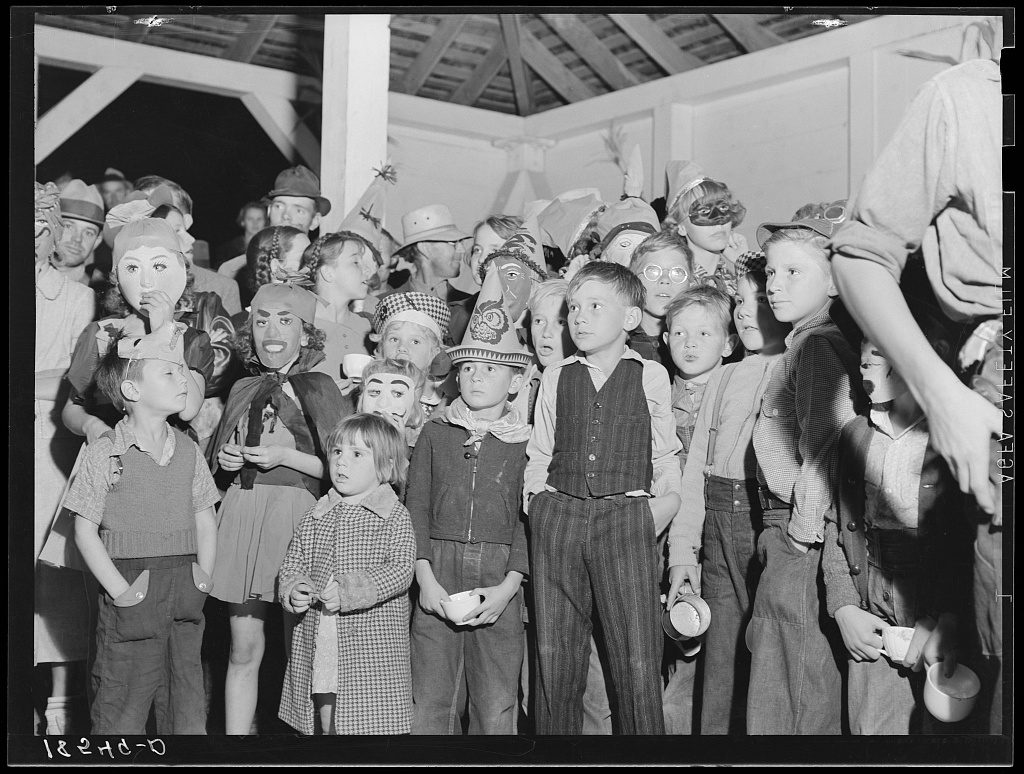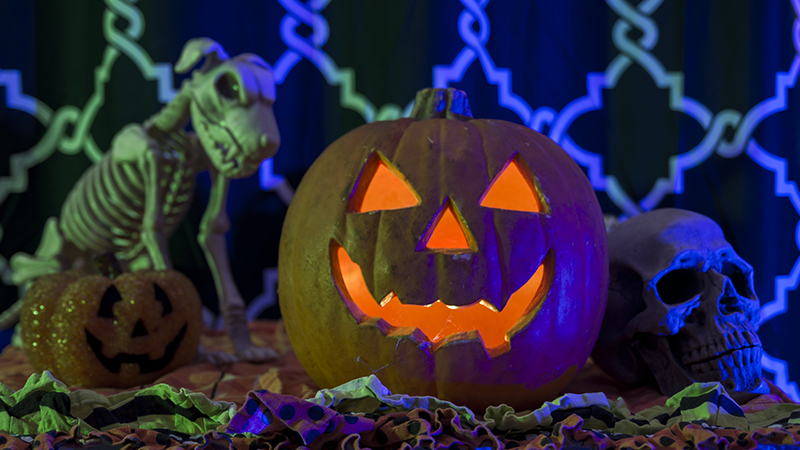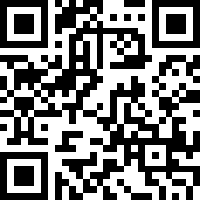The History of Halloween and How it Came to America
Have you ever wondered how Halloween became a 9 Billion dollar industry and where the origins of it came from? The answer might not be what you expect. The original celebration was derived from the Celts in Ireland, although many of the texts we have about the Celts today were written by Romans, Greeks and other non-Celts due to government and religious upheavals.
From what we understand the original holiday was called Samhain (pronounced sow-an). It was a marker for the beginning of winter and believed to be a time when the veil between life and death was at its thinnest, and they would have feasts to celebrate their deceased relatives, family, and the harvest. It is speculated that they would light bonfires to ward off evil spirits, but this was mostly recorded by James George Frazer, but after closer inspection there doesn’t seem to be a record of bonfires taking place in Ireland. They were mostly held in the Highlands, Isle of Man, and Wales. There were some records of them in Dublin and in more protestant areas of Ireland but those parts had a high number of Scottish immigrants, and even Frazer himself noted that bonfires also took place year-round.

There was also speculation about human sacrifices during the Samhain celebrations that is attributed to Julius Caesar when he wrote Gallic Wars, but again there is little to no records showing any proof of human sacrifice. Saint Bede wrote about animal slaughters during the anglo-saxon Blodomanth that took place during November but these are Germanic in origin, and it has become increasingly more accepted that if any animals were slaughtered during this time it was for butchering for the coming winter and not an act of sacrifice to a deity. Due to the lack of evidence, it is believed that most of the stories of sacrifice were propaganda to dehumanize the Celts and to make Christianity appear more civilized comparatively.
During the 7th century Christianity conquered and ran supreme throughout the land. The Vatican decided to merge Samhain with church sanctioned holidays which were November 1st “All Saints Day” and November 2nd as “All Souls Day.” October 31st then became “Hallowmas” which eventually went on to become Halloween as we know it today. All Saints Day and All Souls Day was the celebration of saints, martyrs and deceased relatives. During this time new traditions started up, poor people or those who could not work during winter like farmers or fisherman went from house to house for “soul cakes” which were a cracker like bread in exchange for saying a prayer for that family’s dead relatives. People would also dress up and perform small plays door to door in exchange for food or money which were called a mummery.
This also started another chain of traditions starting on the 1st of November that they called “The Winter Begging Cycle.” People would visit each others homes in exchange for goods, like November 23rd was the feast of Clement where blacksmiths would beg, November 30th was Saint Andrews Day where men and women would exchange clothes, and December 21st was named Saint Thomas Day or referred to as “Begging Day.”
So how did we get to where it is today? During the Irish potato famine in the 1840’s many Irish men and women migrated to America, and along with them they brought some of their old holiday traditions. Some include bobbing for apples, playing tricks while wearing masks, and carving pumpkins, which originally people carved turnips and placed a candle inside as an ode to old folk tale about a spirit that lured people to their doom with a lantern.

During the 1930’s is when we start seeing the development of American culture and modern Halloween, during this time the tricks became much less harmless and much like light extortion for treats, otherwise you could get a trick which might entail damage to your property. Unfortunately, there was not a bonfire big enough to ward off pesky children, and during the late 30’s the unofficial but official moniker “Trick or Treat” became the go to war cry for mischievous children everywhere in the US on the night of All Hallows Eve.
Since then a whole industry has boomed around Halloween from artist making masks, candy and treat manufacturers, to virtually every form of mass media. So next time you hear “trick or treat!” be reminded of the origins and give thanks for your family, the plentiful food, and the memory of all you have loved and lost.
Decorations pictured:
Note: As an Amazon Associate I earn from qualifying purchases from links provided that direct towards Amazon








